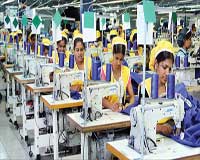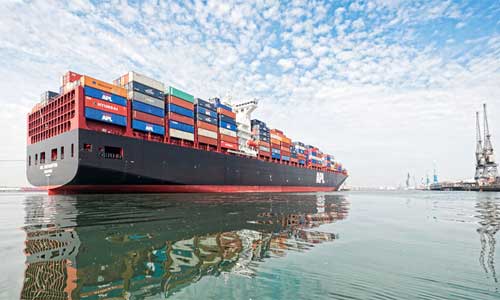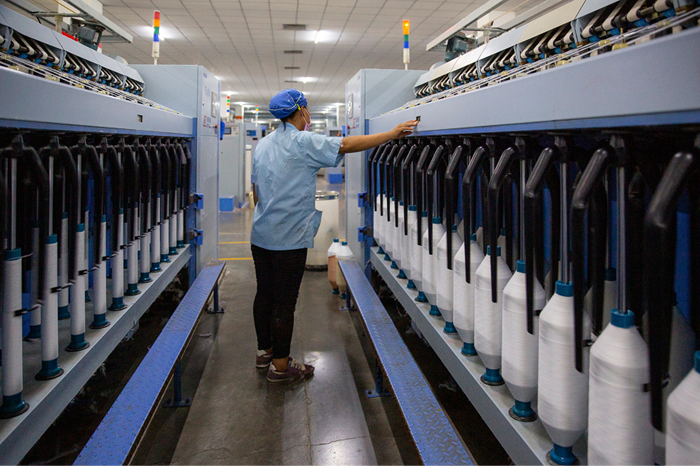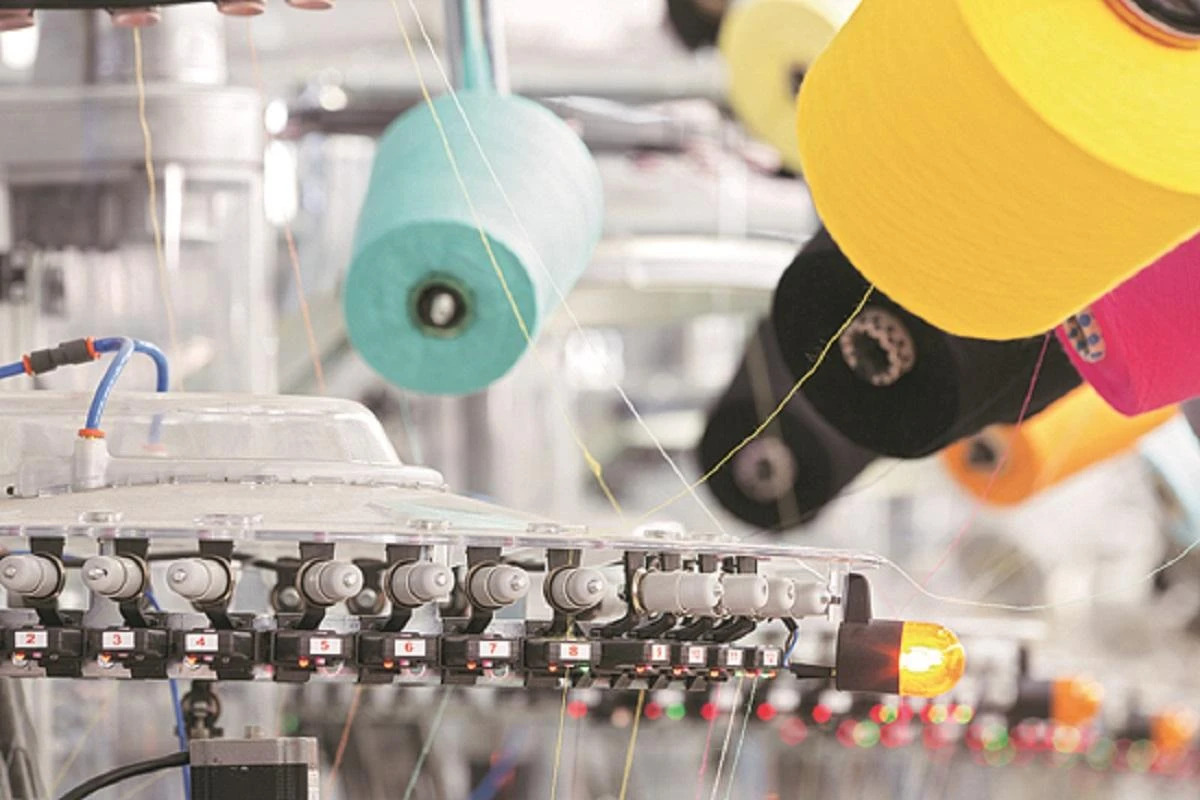"The EU, which is Sri Lanka's biggest export destination, absorbing 36 per cent of total shipments, reinstated the country into the GSP Plus program in mid-May, removing import tariffs on more than 6,000 products, including clothing. Sri Lanka was dropped from GSP Plus in 2010 for human rights violations but remained in the less-favourable GSP program, under which its exports were taxed at 9.6 per cent. That had had an impact. Total apparel exports fell from $4.7 billion in 2014 to $4.6 billion in 2015 and 2016, according to the Joint Apparel Association Forum, an industry body."

The EU, which is Sri Lanka's biggest export destination, absorbing 36 per cent of total shipments, reinstated the country into the GSP Plus program in mid-May, removing import tariffs on more than 6,000 products, including clothing. Sri Lanka was dropped from GSP Plus in 2010 for human rights violations but remained in the less-favourable GSP program, under which its exports were taxed at 9.6 per cent. That had had an impact. Total apparel exports fell from $4.7 billion in 2014 to $4.6 billion in 2015 and 2016, according to the Joint Apparel Association Forum, an industry body. Exports to the EU in 2014 stood at $2.1 billion, but dropped to $1.9 billion in 2015 and 2016.

The slump has continued in 2017, with apparel exports falling another 5.8 per cent in the first five months, compared with the same period in 2016. But JAAF adviser KJ Weerasinghe says they can now receive at least an additional $400 million worth of orders from the EU initially, which will increase further, after regaining GSP Plus. Retailers, says it would not be possible to meet the government's target of doubling exports by 2020, although 2022 could be a possibility. Analysts say that Sri Lanka needs to do more to catch up with countries like Bangladesh, which is now the world's second-largest clothing exporter after China. Bangladesh accounts for 6.4 per cent of global clothing exports, compared with Sri Lanka's 1.2 per cent.
Upgradation is the key
Sri Lanka has fallen behind in terms of value chain creation. Bangladesh, for example, has set up spinning mills and knitting mills, which allow manufacturers to cut production costs and improve efficiency. This also puts Bangladesh in a good position to sell large volumes of cheaper apparel such as knitwear, woven shirts, sweaters and sweatshirts. Amit Gugnani, analyst, Technopak Advisors, points out Sri Lanka must adopt a similar approach to developing value chain capabilities. In complete integration, it becomes relatively easier to look at cost engineering across the value chain. The government should set up textile industrial clusters in the country's north and east by providing investment incentives, as part of the value chain creation.
Another aspect of making production cheaper is to concentrate on remote and backward regions. Wages in Sri Lanka are typically higher than in Bangladesh and Vietnam, making the country better suited to producing high-end garments such as swimwear, trousers and underwear, including lingerie for top brands such as Victoria's Secret.
As per World Bank's ‘Stitches to Riches’ report, the minimum monthly wage in Sri Lanka is $120, compared with $70 in Bangladesh. Sri Lankan labour laws also limit factory workers to 57.5 hours per week, with fixed weekly holidays. This compares with Bangladesh's working limit of 60 hours and Vietnam's 64 hours.
Controlling costs
It's important for Sri Lanka to look at providing lower minimum wages in backward and remote regions where the cost of living is comparatively lower. The industrial clusters in these regions can focus on basic products with minimal value addition and large volumes, Gugnani fee;s. To cut production costs further, JAAF has requested exemptions from Sri Lanka's 2 per cent nation-building tax and a 7.5 per cent port and airport development tax on the importation of machinery for the sector.
As per Anushka Wijesinha, Chief Economist, Ceylon Chamber of Commerce the country must also focus on becoming an easier place to do business. For a more sustainable and sustained increase it needs to focus on competitiveness and factors that hold exporters back – like standards, bureaucratic and procedural delays. The government must help exporters test products to meet international standards. He urged the government to remove archaic laws such as the need to obtain permits for each shipment. Sri Lanka is ranked 110th among 190 economies in terms of the ease of doing business in 2016, slipping one place, according to the latest World Bank annual ratings.
Experts say Sri Lanka should explore the idea of exporting more and must look at consolidating its position, and not only focus on higher-end and value-added garments.












